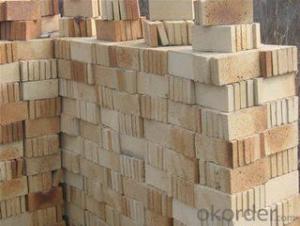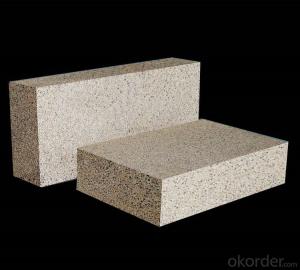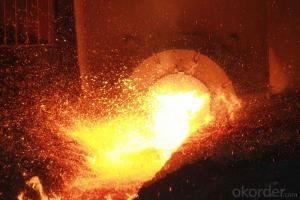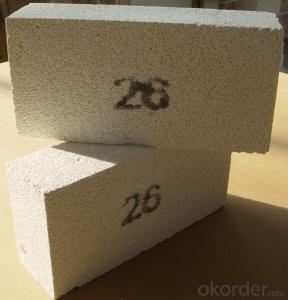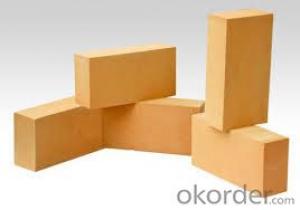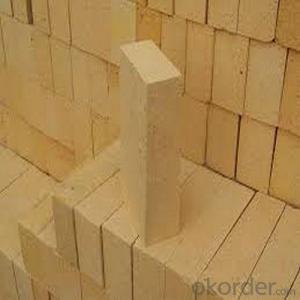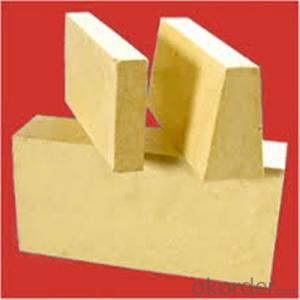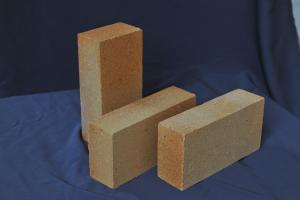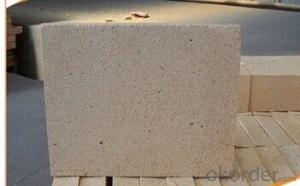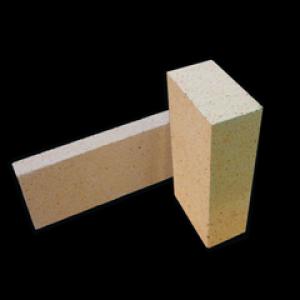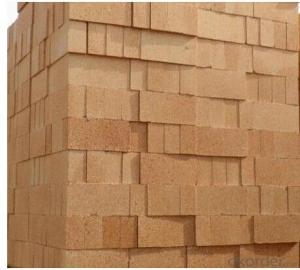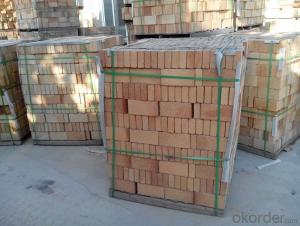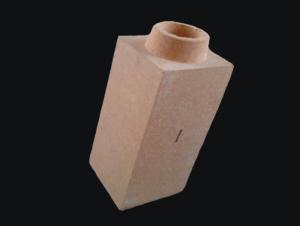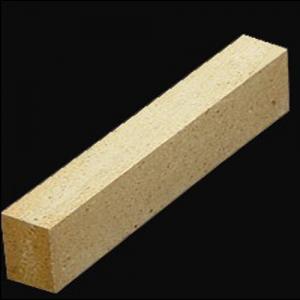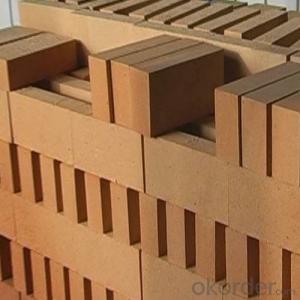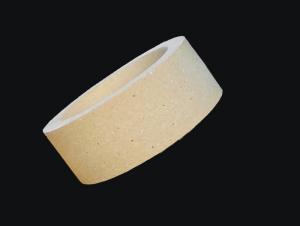Fireclay Bricks - Arcillo Ladrillos Caly
- Loading Port:
- China Main Port
- Payment Terms:
- TT OR LC
- Min Order Qty:
- -
- Supply Capability:
- -
OKorder Service Pledge
OKorder Financial Service
You Might Also Like
Clay bricks are the oldest, the most widely used refractory materials, to produce the raw material is clay mineral clay brick,
natural refractory clay generally can be divided into hard clay and soft clay, the refractory material in the manufacturing process,
the former is the most used after calcining clinker;The latter after adding water, plasticity is good, easy to sintering, used as a binder.
Refractory clay, clay clinker for orthopaedic binder made of Al2O3 content is 30-48% of refractory products.Clay bricks are the oldest, the most widely used refractory.In the 70 s China clay brick production accounts
for about 65% of the total output of refractory, countries such as America, Britain, Japan accounted for about 40 ~ 50%.
Raw material is clay mineral to make clay brick.Natural fire clay in general can be divided into hard clay and soft clay.
In refractory material in the manufacturing process, the former most used after calcining clinker;The latter after adding water,
plasticity is good, easy to sintering, used as a binder.China's shandong province and other places the chamotte (hard) and
suzhou clay (soft) is a famous high quality refractory clay.Clay minerals are mainly kaolinite (2 sio2, Al2O3 · 2 h2o),
dickite (composition and kaolinite and same, but different lattice constant), montmorillonite (4 sio2, Al2O3 · 6 h2o) and mica mineral.
- Q: The furnace refractory bricks are burnt into ash, what material can resist higher temperature than the refractory brick
- To change a new one, it is a common way now, isn't it?
- Q: Expansion ratio of light corundum fireproofing brick
- And then the appropriate drying, the using temperature 1500~1700 degrees of light corundum brick, the porosity is 70% to 80% Now, use foaming method to produce light corundum brick, 3g/, shaped idiosome with mould dry for 4 days in 60 degree to 70 degree oast, it will demoulding, foaming method and evaporating method produce light corundum brick, the thermal conductivity is 0. the containing of AL203 has difference, the corundum brick that use corundum hollow?sphere to produce contain the highest AL203 Finished light corundum brick don't have accurate shape and size after firing.8 1, so products need mechanical or manual cutting after the kiln, finally, firing in 1300 degree and 1550 degree, basically still meters with water forming, just add to burn: 50~60h, because its production methods and the introduction of additives are different, the total sintering time.17W/, light corundum fireproofing brick can be made into density is 0, withstand voltage strength is 4MPa, the containing of A1203 is no more than 99%.
- Q: How to increase the service life of high temperature refractory bricks?
- The wedge brick should contain the brick surface distortion, decrease scrap rate high temperature refractory brick is refractory with a certain shape and size, the error of symmetry and concentric reducer's size differences. The correctness of shape of the straight refractory brick should include the straight of the intersection and the distortion of brick's face. Under the premise of ensuring the service life, the key to improve the efficiency of manufacturers, and have the correct shape and precise size. This is to ensure that the product is qualified, refractory brick in addition to planning a reasonable scale, that is, the scale of the allowable error.
- Q: why the color of refractory brick is white after high temperature firing when the meteorite is black after the burning?
- There are different reasons. Meteorolites can mainly be divided into three types, iron meteorites (iron nickel alloy): Stone meteorites (the main component is silicate), and stony iron meteorites(the mixture of iron and silicate)
- Q: How to calculate the pressure of hydraulic machine pressures refractory brick?
- If it is a plunger type cylinder, the pressure of a cylinder is the cross-sectional area of the piston multiplied by the pressure of the hydraulic system; if it is piston cylinder, that is the inner diameter of the hydraulic cylinder multiplied by the pressure of the hydraulic system. Adopt cm as diameter's unit, a unit of pressure is kilogram force per square centimeter, the calculated result is kilogram which divided by one thousand is ton.
- Q: What raw materials can be added to fireclay brick to respond to the urgent cold and urgent heat?
- The effect of adding andalusite is better
- Q: 90 porous brick and ordinary shale brick, clay brick difference
- Porous brick refers to clay, shale and fly ash as the main raw material, porous brick after molding, roasting and hole rate of not less than 15%~30%, the pass is a round hole or non circular hole, the small size and number of loading sintered porous brick has a rectangular or circular hole, is not equivalent to as long as the bricks some hole. The utility model can directly replace the sintered clay brick, and is widely used for various bearing, thermal insulation, bearing and frame filling construction walls with wide popularization and application prospect.
- Q: What is the difference between a clay brick and a red brick?
- Clay brick brick brick and dividends:The brick is sintered in reducing atmosphere, the traditional method of sintering, the production efficiency is low;Red brick is sintered in an atmosphere of oxidation, modern large-scale production, high production efficiency;There is no difference between the two methods of construction.
- Q: What is the refractory brick of the electric furnace?
- there is no problem if it can be dismantled. And refractory brick material of every place is not the same, life is not the same. Buy some for backup , and change it once it is broken, there is no standard, the lining can be hit, as long as the induction coil can be fixed
- Q: What are the physical and chemical properties of refractory bricks
- The thermal shock stability, linear?change?on?reheating, softening temperature under a fixed load, compressive strength under normal strength refractoriness
Send your message to us
Fireclay Bricks - Arcillo Ladrillos Caly
- Loading Port:
- China Main Port
- Payment Terms:
- TT OR LC
- Min Order Qty:
- -
- Supply Capability:
- -
OKorder Service Pledge
OKorder Financial Service
Similar products
Hot products
Hot Searches
Related keywords
